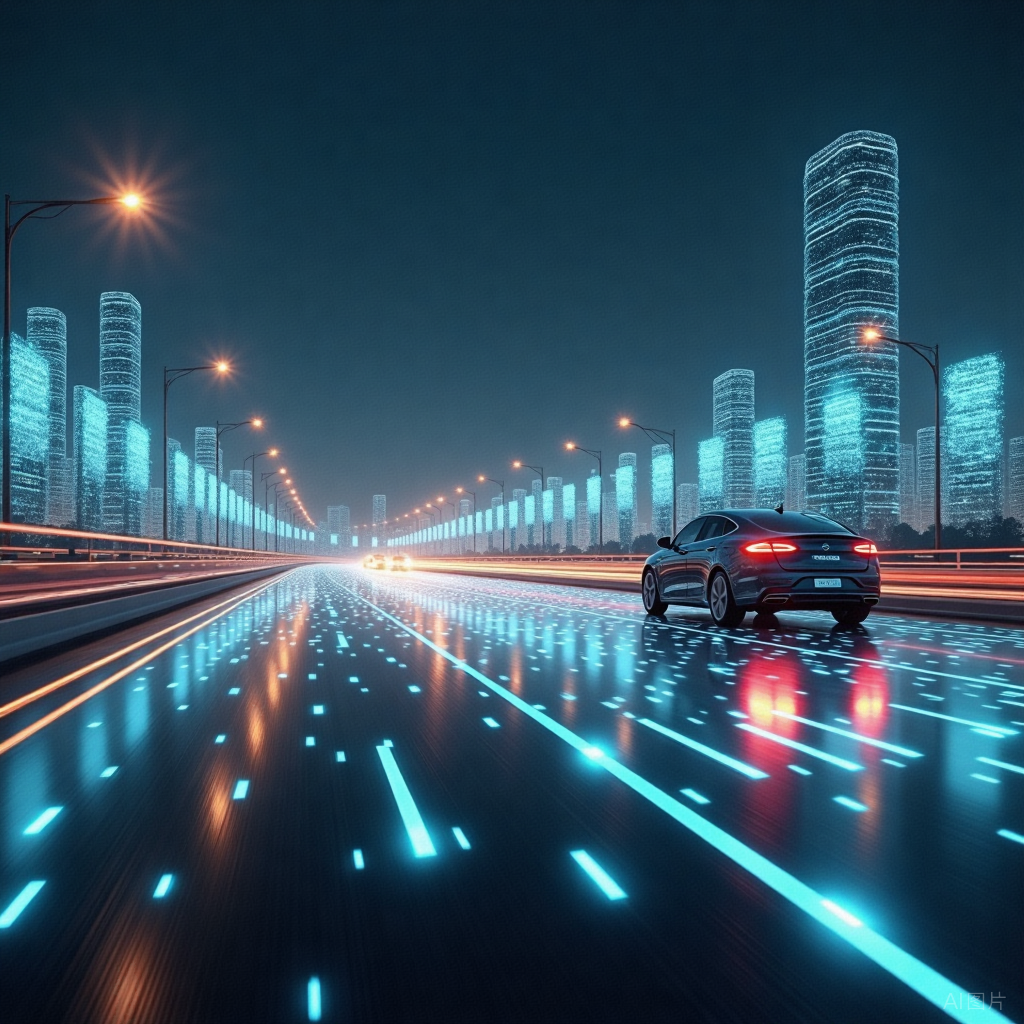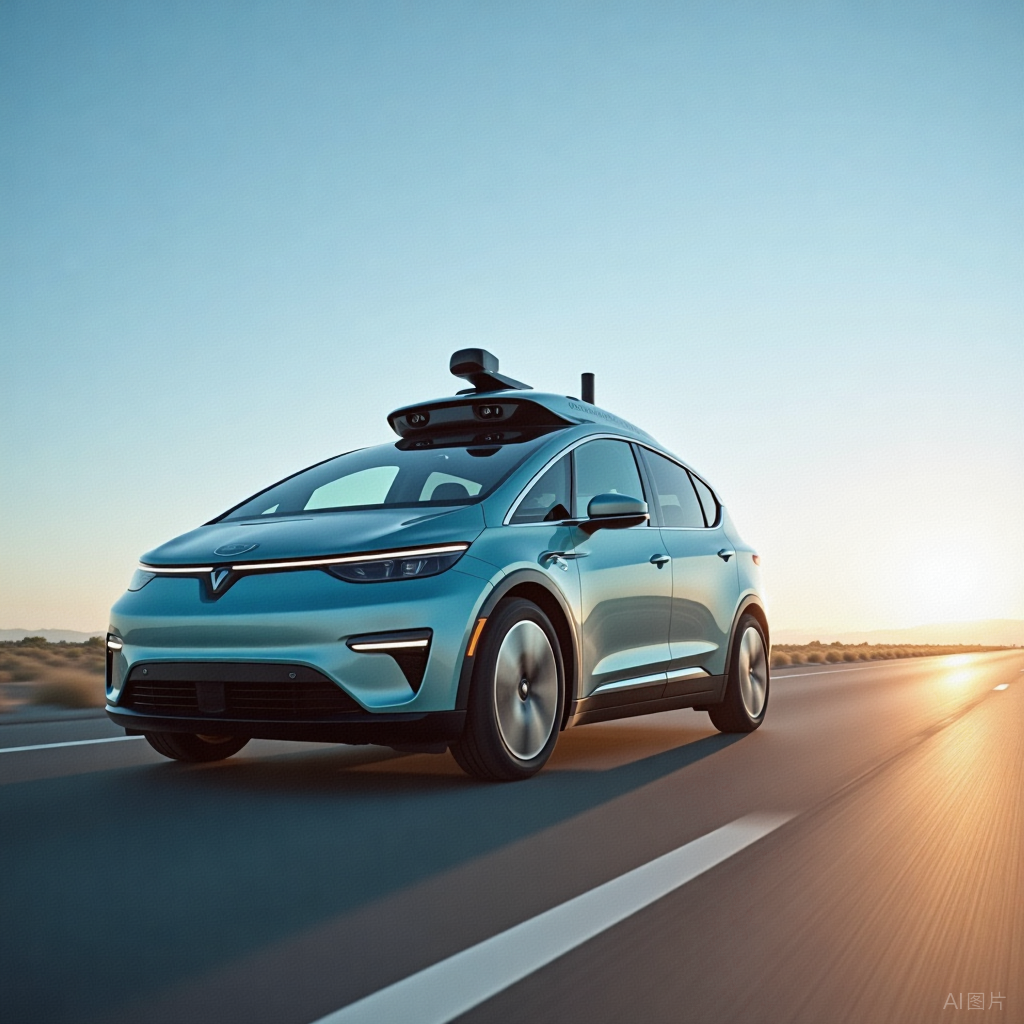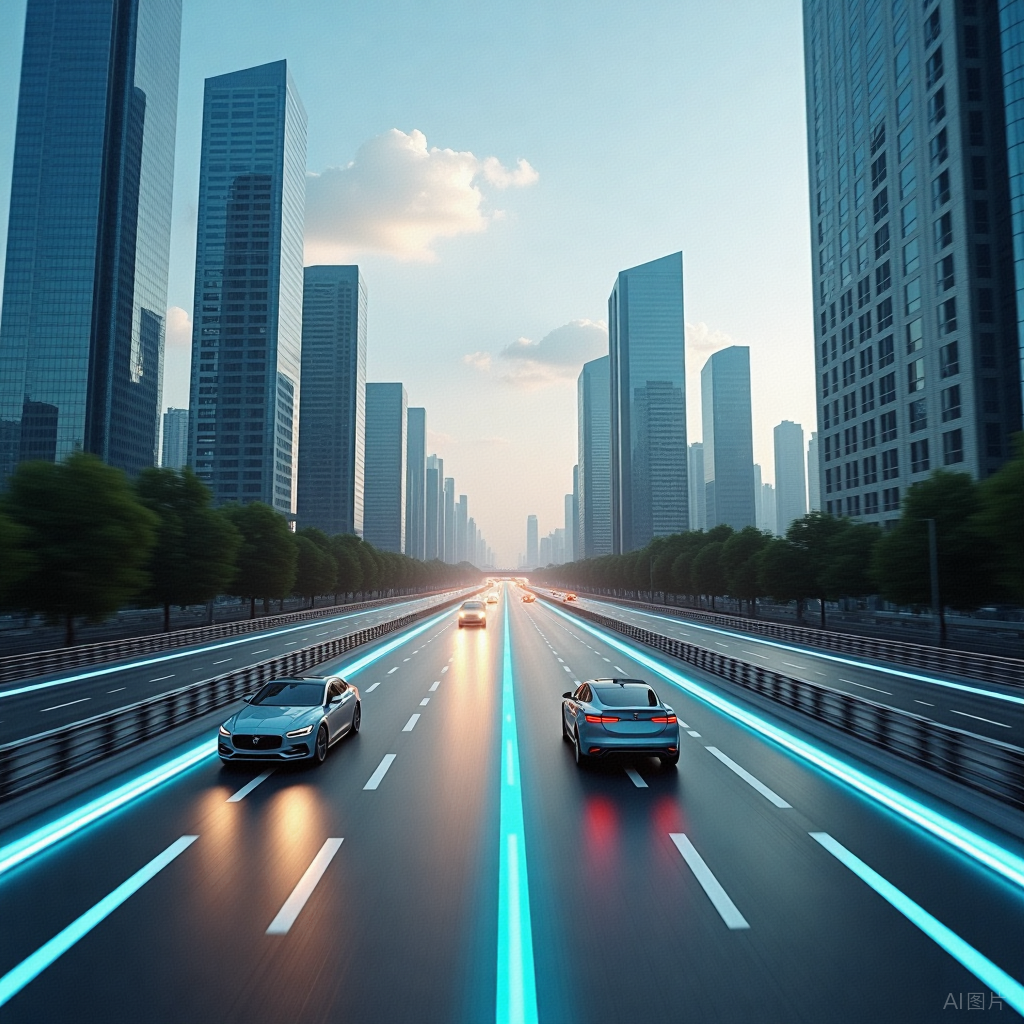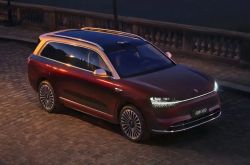The Dawn of Driverless Vehicles: Will Traffic Lights Fade Away, and Will Smart Roads Reign Supreme?
![]() 05/27 2025
05/27 2025
![]() 669
669
Introduction
Dear car enthusiasts, recall the days when learning to drive felt like a grueling test of your sanity, with your coach's stern rebukes echoing in your ears. Grasping the steering wheel, pressing the gas and brake pedals tentatively, reversing into a parking spot like a mechanical novice...
Today, autonomous driving technology is advancing at breakneck speed, heralding a future where even the steering wheel might become a relic of the past!
But before you celebrate the "liberation of both hands," understand that this technological revolution transcends mere vehicles; it's a comprehensive battleground for smart roads and infrastructure.
Join us at "Driverless Cars are Coming" (Official Account) as we explore the future landscape of driverless vehicles and witness the sparks that fly when "smart cars" meet "smart roads."
(For further reading, please click:
"Adapting Smart Road Spaces for Autonomous Driving: Smart Cars and Smart Roads Go Hand in Hand, Driverless Vehicles Spur 'Transportation Revolution'")

I. Driverless Cars: Will "Socially Awkward" Drivers Finally Find Solace on the Road?
1. Narrower Roads, Traffic Lights "Retiring"?
The first counterintuitive aspect of driverless cars: roads can be narrower!
Traditional road design often accommodates human drivers' clumsiness with generous margins, such as ultra-wide lanes and excessive turning radii, to prevent accidental veering into green belts.
However, driverless cars, relying on lidar, cameras, and V2X (Vehicle-to-Everything) technology, can navigate like a well-choreographed dance, with road widths tailored to the widest vehicle models.
Even more radical, traffic lights might truly become a thing of the past!
Imagine a future without traffic lights at intersections, where every vehicle participates in a synchronized dance, sharing real-time location, speed, and driving intentions through the Internet of Vehicles, coordinating passage automatically.
For instance, Wuhan has constructed 191 kilometers of "smart roads," where vehicles "communicate" with the road via millimeter-wave radar and lidar, rendering traffic jams a distant memory.
2. Non-motor Vehicle Lanes "Making a Comeback"?
If driverless vehicles become ubiquitous, pedestrian areas and non-motor vehicle lanes may experience a renaissance.
Machines, after all, adhere to rules more strictly than humans, sparing pedestrians the dread of crossing paths with road-rage drivers.
But a pertinent question arises: will people still ride bicycles when cars no longer require human intervention?
Isn't it more appealing to sit back in your car and scroll through your phone?
II. Smart Roads: The Evolution from "Cement Lumps" to "Tech Icons"
1. Solar Panels + Piezoelectric Technology: Can Roads "Generate Electricity"?
The first major "black technology" of smart roads: installing solar panels on roads! This is no science fiction but a reality already in place.
For example, a test section in California, USA, has embedded solar panels in the road surface, powering street lamps, traffic lights, and even wirelessly charging passing electric vehicles.
Even more fascinating is piezoelectric technology, which harnesses the kinetic energy generated by moving vehicles to produce electricity, equipping roads with a "perpetual motion machine."
If this technology matures, gas stations might transform into "charging squares," and attendants might switch careers to become "charging attendants"!
2. Air-purifying Roads: Turning Exhaust into "Bubble Gum"?
Beyond generating electricity, smart roads can also act as "air purifiers"!
A German company has developed a special asphalt that absorbs nitrogen oxides (NOx) and carbon dioxide (CO) from the air, with each kilometer of road surface capable of purifying the exhaust emissions of about 3,000 vehicles annually.
In the future, every road you drive on will feel like traversing an "invisible forest," making even traffic jams a refreshing experience!

3. Smart Markings + Sensors: Can Roads "Talk"?
Traditional road markings are silent, but those on smart roads can "talk"!
For instance, Wuhan's smart roads embed LED lights and sensors in the markings, changing color based on real-time traffic conditions: green for smooth flow, red for congestion, and yellow for accidents.
More impressively, these markings can also "communicate" with autonomous vehicles, alerting them to pedestrians ahead, speed limit changes, or construction zones.
Is this a road? It's clearly a "road version" of a smartwatch!
III. Upgrade Challenges: The "Achilles' Heel" of Smart Roads
1. Waterproofing and Moisture-proofing: Does the Road Need "Skin Care"?
The biggest adversary of smart roads is not heavy rain but water!
Electronic devices like solar panels, sensors, and charging coils dread water infiltration, which can lead to short circuits or worse, complete failure.
Therefore, smart roads require robust waterproof measures: adding nano-waterproofing agents to concrete, laying waterproof membranes on the road surface, and even installing drainage "capillaries" underground.
In the future, repairing roads might become as delicate as applying a phone screen protector!
2. Physical Safety: Does the Road Need to Be "Durable"?
Beyond waterproofing, smart roads must withstand natural disasters and daily wear and tear.
For example, a test section in the United States has reinforced the road surface with carbon fiber, enhancing crack resistance by 300%;
Japan has developed a "self-healing" asphalt that automatically fills cracks when they appear. Is this road repair? It's clearly giving the road a "Botox" injection!
3. Lagging Regulations: Is Technology Outpacing Laws?
The proliferation of smart roads also faces an ultimate challenge: lagging regulations!
For instance, if an autonomous vehicle violates traffic rules, should the owner or the automaker be penalized?
If hackers infiltrate the smart road system, causing traffic paralysis, who should bear the responsibility?
Without addressing these issues, smart roads will remain "unlicensed" "black cars"!
IV. Smart Lampposts: The "Best Partner" for Autonomous Driving
1. Real-time Information Sharing: The "Intelligence Chief" on the Road?
Smart lampposts are the "nerve endings" of smart roads, monitoring traffic flow, weather, accidents, and other information in real-time and transmitting it to autonomous vehicles via 5G networks.
For example, when congestion occurs on a certain road section, smart lampposts can immediately notify nearby vehicles to detour, serving as the "Intelligence Chief" on the road.
2. Intelligent Signal Control: Can Traffic Lights "Read Faces"?
Smart lampposts can also collaborate with autonomous vehicles to optimize traffic signals.
For instance, when detecting a higher number of vehicles in a certain direction, the lamppost will extend the green light duration;
if it finds the vehicle queue too long, it can even "skip" the red light altogether.
Are these traffic lights? They are clearly "road version" AI butlers!
3. Emergency Rescue: The "Emergency Doctor" on the Road?
In the event of an accident, smart lampposts can sense it immediately and notify rescue forces.
For example, upon detecting a vehicle collision through cameras and sensors, the lamppost will initiate an emergency procedure: activating warning lights, guiding vehicles to avoid the area, and calling an ambulance.
Are these street lamps? They are clearly "emergency doctors" on the road!
V. Global Practices: How Will Smart Roads "Go Wild"?
1. China: From Pilot Projects to "Contiguous Areas"
China is at the forefront of smart road construction.
Demonstration zones for "integrated vehicle-road-cloud" have been established in Beijing Yizhuang, Shanghai Jiading, Guangzhou Nansha, Changsha Xiangjiang New Area, and other locations, realizing real-time interconnection between vehicles, roads, and cloud platforms.
In 2024, China will expand the pilot scope of "vehicle-road-cloud" to 20 cities, forming a "point-to-area" scale effect.

2. United States: The "Tech Fantasy" of Silicon Valley
The United States places a stronger emphasis on technological innovation.
A California company has developed "dynamic pavement" technology that automatically adjusts lane widths based on traffic flow;
Texas is piloting a "solar highway," transforming the road surface into a giant "power bank."
3. Europe: A "Win-Win" for Environmental Protection and Intelligence
Europe emphasizes the harmonious blend of environmental protection and intelligence.
A test section in the Netherlands plants pollution-absorbing plants on the road surface while embedding solar panels and sensors;
Germany plans to upgrade all national highways to smart roads by 2030.
VI. Conclusion: The Future is Here, Are You Ready?
From driverless cars to smart roads, from solar panels to piezoelectric technology, from smart lampposts to integrated vehicle-road-cloud systems...
This transportation revolution is transforming our lives at breakneck speed.
Perhaps one day, we will nostalgically recall the days of listening to the radio during traffic jams, but it's more likely that we will chuckle at today's "conservatism."
After all, when "smart cars" traverse "smart roads," future transportation will cease to be a matter of "congestion" or "non-congestion" but rather "how to make travel cooler"!
So, dear car enthusiasts, fasten your seat belts, hold your phones tightly (after all, the steering wheel might be gone), and let's embrace this "wild" future together!
In essence, "Driverless Cars are Coming" (Official Account) believes:
When discussing smart roads, we are essentially debating how much control should be entrusted to machines.
Optimists envision intersections without traffic lights, where vehicles glide gracefully like schools of fish; pessimists worry about hackers orchestrating a citywide "subject three" maneuver with driverless vehicles.
Perhaps, as a transportation engineer once quipped, "The ideal smart road should exist like air – you don't feel it, but you suffocate immediately without it."
Dear reader, what do you think?
#Driverless Cars are Coming #Driverless Vehicles #Autonomous Driving #Traffic Lights #Smart Roads #China and the United States








